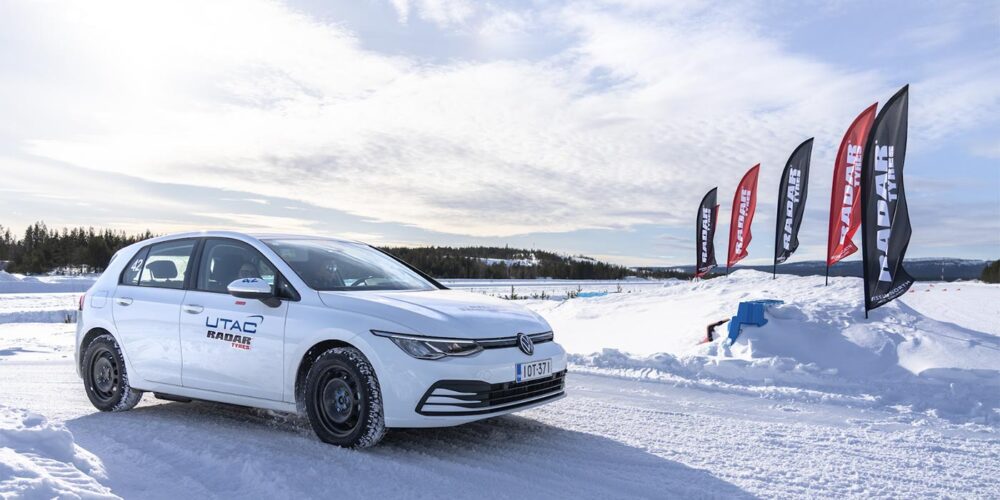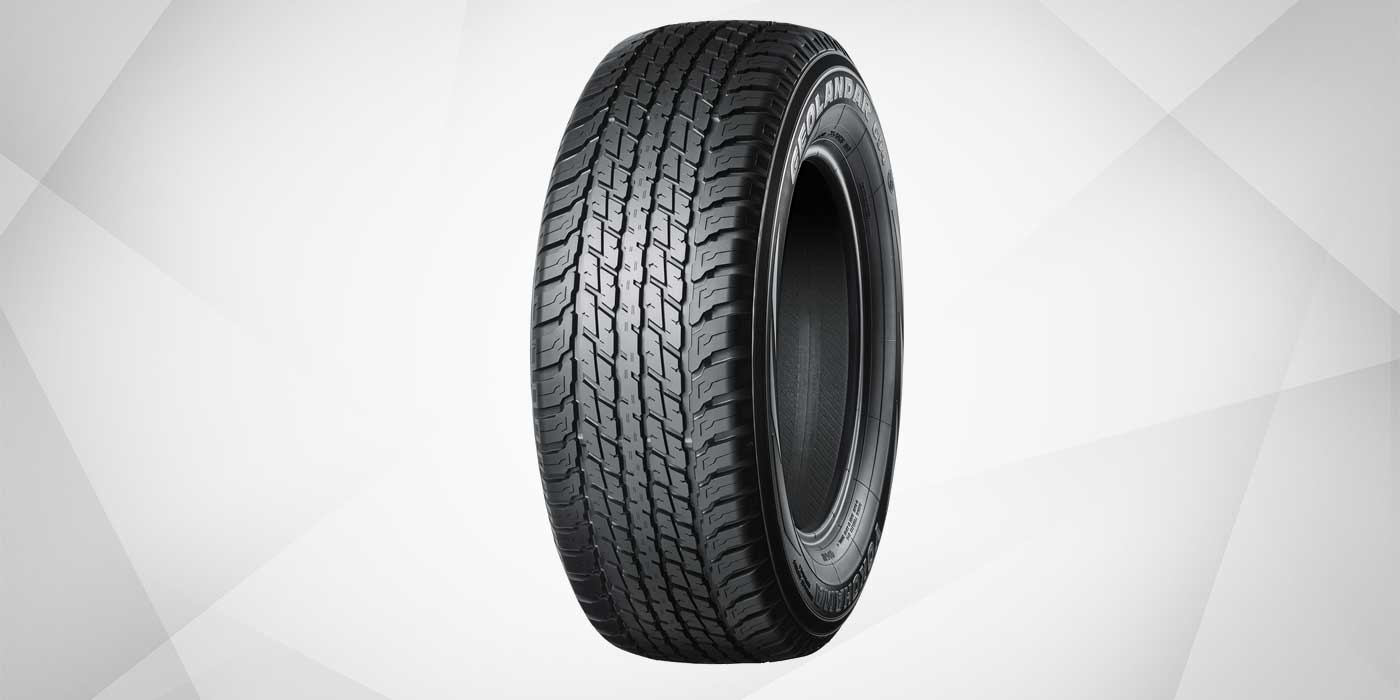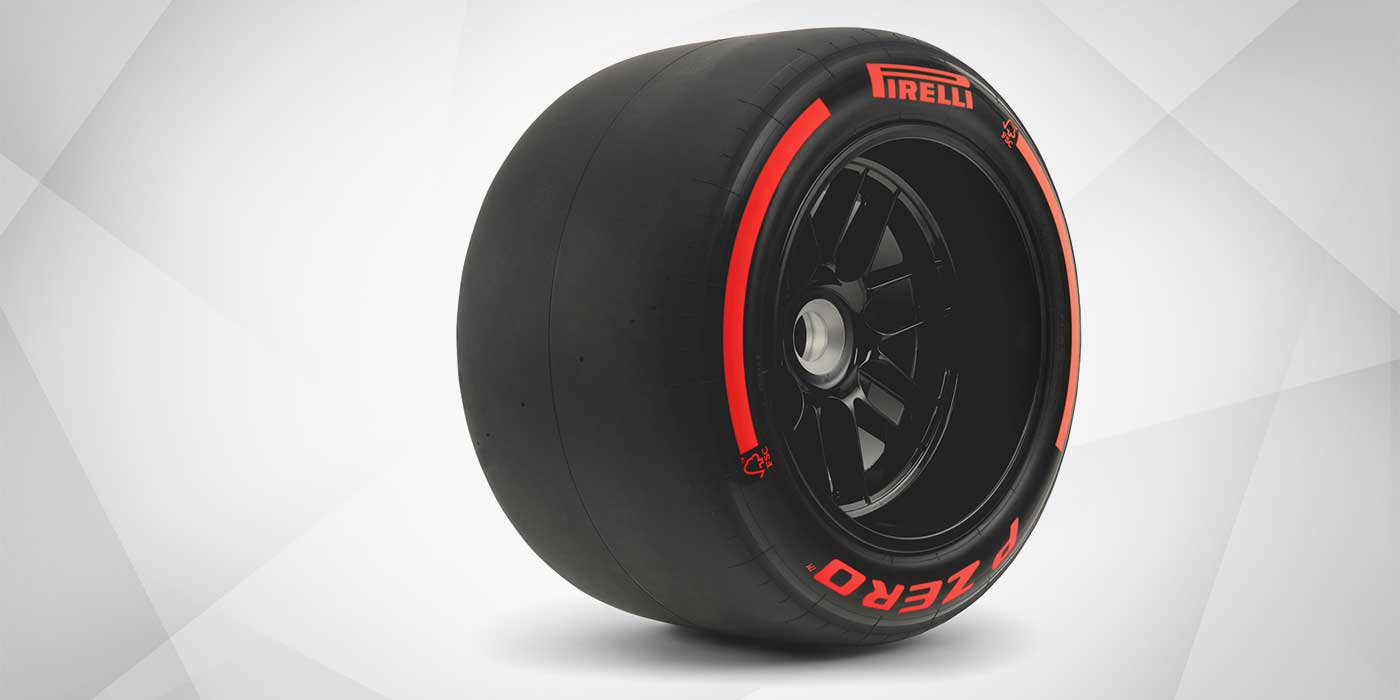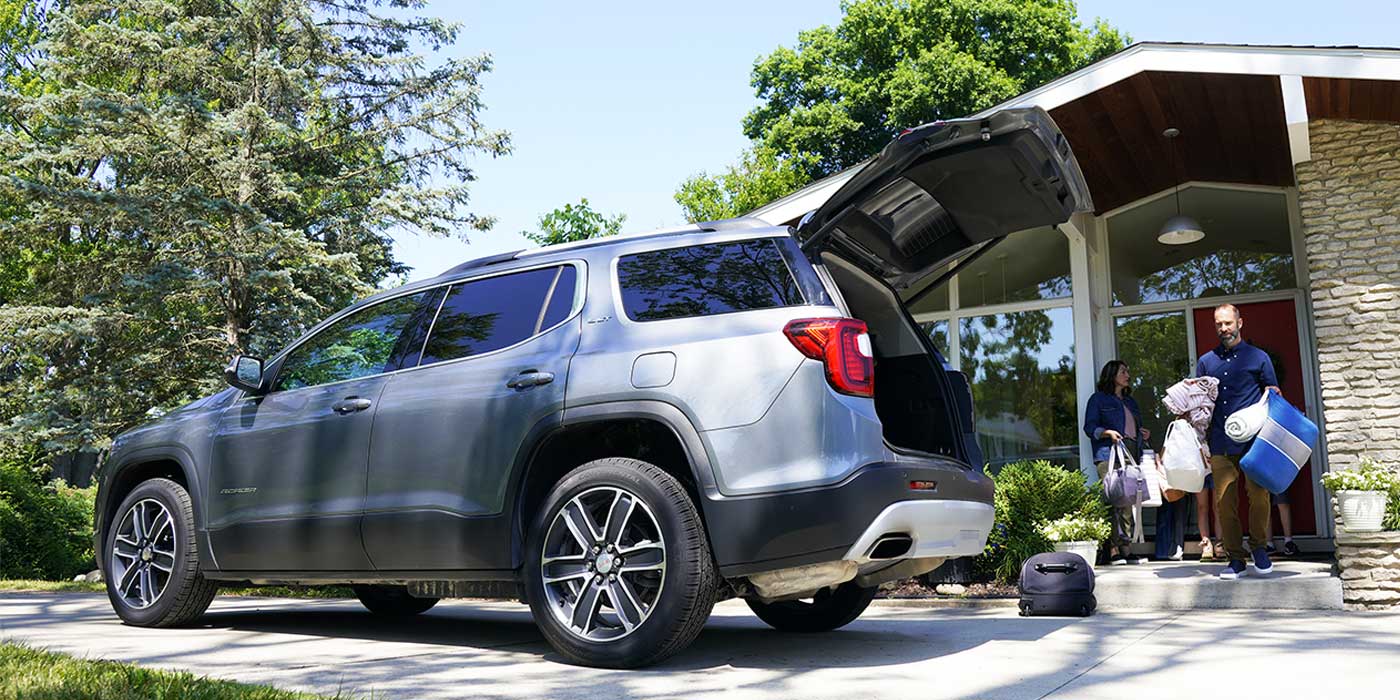The best thing about truck tire fires is thatthey hardly ever happen anymore. There are good reasons for that. One is thatsteel radials simply don’t fail in this manner. Older, bias-ply tires werebuilt with multiple layers of crossed body plies that flexed as the tire rolledunder load. Increased loads, decreased inflation and higher speeds all causedinternal tire temperatures to climb, sometimes to the point of igniting thetire casing. Most tire fires were caused by lack of inflation maintenance or a puncturein a tube-type tire that went undetected as a run-flat. Maladjusted,malfunctioning or dragging brakes sometimes aggravated the conditions. Modernradials fail differently when subjected to similar under-inflation and/oroverload conditions. Excessive flexing, localized where the relatively stiffbelt edges meet the more flexible sidewall, causes the tread and belt packageto separate from the base casing ply (plies) before casing temperatures rise tocritical levels. So, the combination of cooler running single-ply radials andimproved truck braking systems have nearly eliminated roadside tire fire
Recently, however, a new issue has come tolight regarding chamber fires. Although this time the problems are infrequent,have different potential causes and sometimes occur during the retreadingprocess when tires are removed from active service. There have been reports ofchamber fires, perhaps created when the elevated temperatures and pressurestypical of the rubber curing process combine with certain chemical mixtures tocreate ignition. All fires require three components: fuel source, ignition, andoxygen. Ignition can occur from a variety of sources in most manufacturingprocesses involving static electricity, electric controls, heating elements,friction of mechanical components, etc. Oxygen makes up approximately 20% ofthe ambient air supply. So what are the fuel sources?
Tires themselves are primarily chemicalcompositions and tire servicing is no exception. Many external chemicals,beyond normal mounting lubricants, sometimes contact truck tires during theiruseful lives. Most are harmless, although the tire industry continuouslycautions against the use of solvents that can adversely affect rubber surfacesand become potential flammable fuel sources. Stoddard solvents, xylene, tolueneand naphtha, for example, should be avoided.
Many materials such as properly designedsealants can deliver cost and downtime savings for modern truck tires incertain service conditions. Most offer improved tire performance throughreduced downtime from punctures and improved bead sealing. Some, however, mayleave chemical residues when removed. In any event, such materials must beremoved from the tire casing before retreading.
Inflation assists, bead breaker sprays orliquids, even some vehicle cleaning chemicals, often contact tire surfaces,leaving residues that may still be present when the tire reaches a retreadingfacility. It is possible that some combination of these residues canunintentionally create a fuel source. The way to avoid this unlikely situationis to be aware of the tire servicing processes, and especially any chemicalsnot specifically designed for this purpose that shops or providers may beusing. Make sure the retreader is aware of your tire servicing procedures andwho might have previously handled mounting, demounting, and any repairs of thecasing.
Regular shop supplies designed for purposesother than tire servicing should be carefully screened before using them intire areas. Also, good work practices and shop area cleanliness can minimizeundesired chemical deposits in or on tires. For safety and best results, onlyuse chemistry in and around tires specifically designed for that purpose.













